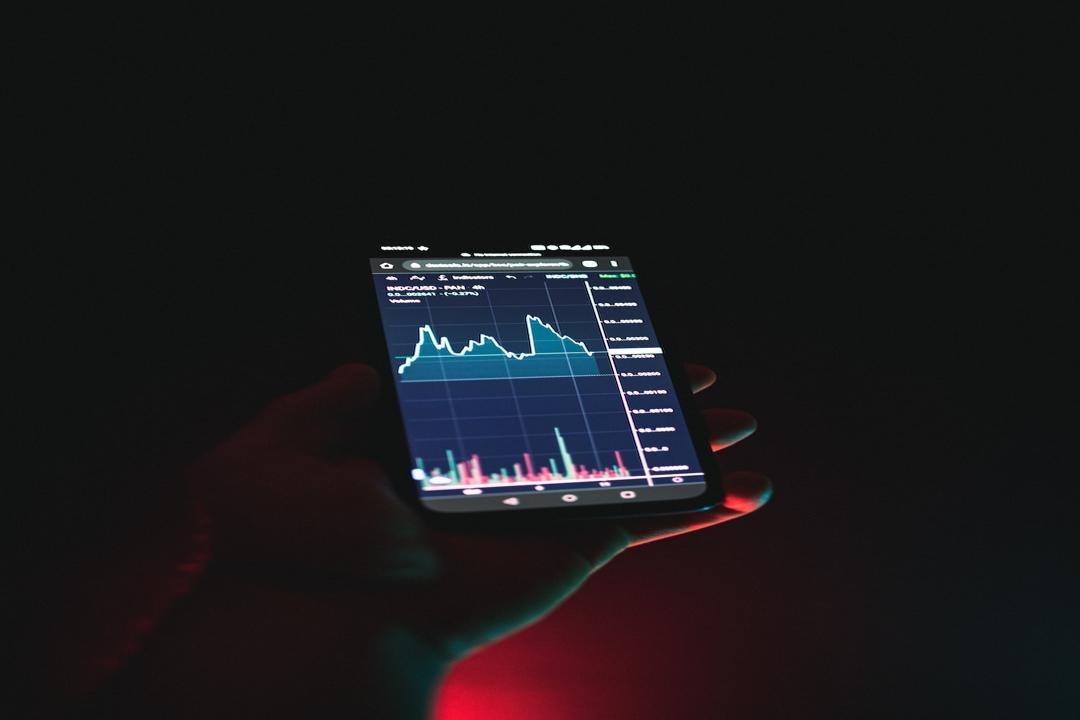Uncovering False Liquidity in Bitcoin (BTC) and Cryptocurrencies: A Guide for Traders
In the world of cryptocurrency trading, it is crucial to be able to identify fake liquidity in order to avoid sudden and drastic declines in low volume. These declines can make it nearly impossible to execute stop losses, leading to unexpected outcomes. By examining the organization of market makers, understanding order book mechanics, and utilizing practical indicators that can detect artificial volume, traders can identify potential red flags and steer clear of unwanted consequences.
Market makers play a vital role in the crypto markets by providing liquidity through various buy and sell orders. However, their actions are not always genuine. These entities may manipulate the market by placing large orders near current prices to create a false impression of demand or supply, a practice known as spoofing. They may also engage in wash trading, which involves simultaneously buying and selling the same assets to inflate volume figures.
Furthermore, these entities often enjoy certain privileges such as reduced trading fees or access to tokens that are not available to the general public. This enables them to manipulate market conditions in their favor. Regardless of their deceitful tactics, there are three reliable indicators that experienced traders can rely on to detect anomalies and avoid getting stuck with tokens that plummet as soon as a significant sell order enters the market.
The first indicator is the comparison between traded volume and order book depth. If the order book depth is shallow but the trading volume is high, it suggests possible manipulation. For example, if a crypto pair has a depth of $50,000 at a 5% level but reports a daily volume of $2 million, it could indicate that the volume is artificially inflated rather than supported by genuine trading interest.
Another important factor to consider is the relationship between trading volumes and free market capitalization. When daily volumes consistently exceed 30% of the token’s free market cap, it indicates unusual activity. However, this alert should be disregarded in the first two trading days after a new listing, as it often reflects initial hype and genuine interest, especially when listed for the first time on major exchanges.
Traders should also be wary of sudden gaps in trading volumes. These gaps, where a significant portion of the cryptocurrency’s volume disappears and reappears intermittently, can be caused by server downtime, market makers withdrawing their liquidity, or exchanges engaging in wash trading to create the illusion of activity. Such patterns are unnatural and typically indicate attempts to manipulate market perceptions.
To effectively identify fake liquidity, traders should utilize analytical tools to examine order book depth. Websites like CoinMarketCap, CryptoCompare, and Coingecko provide comprehensive data on trading volumes and token availability, including information on locked tokens. Additionally, order book depth analysis can be found on platforms such as Okotoki, TensorCharts, and TRDR.
It is important to note that this article is for general information purposes only and should not be considered legal or investment advice. The views expressed here are solely those of the author and do not necessarily reflect the views of Cointelegraph.

